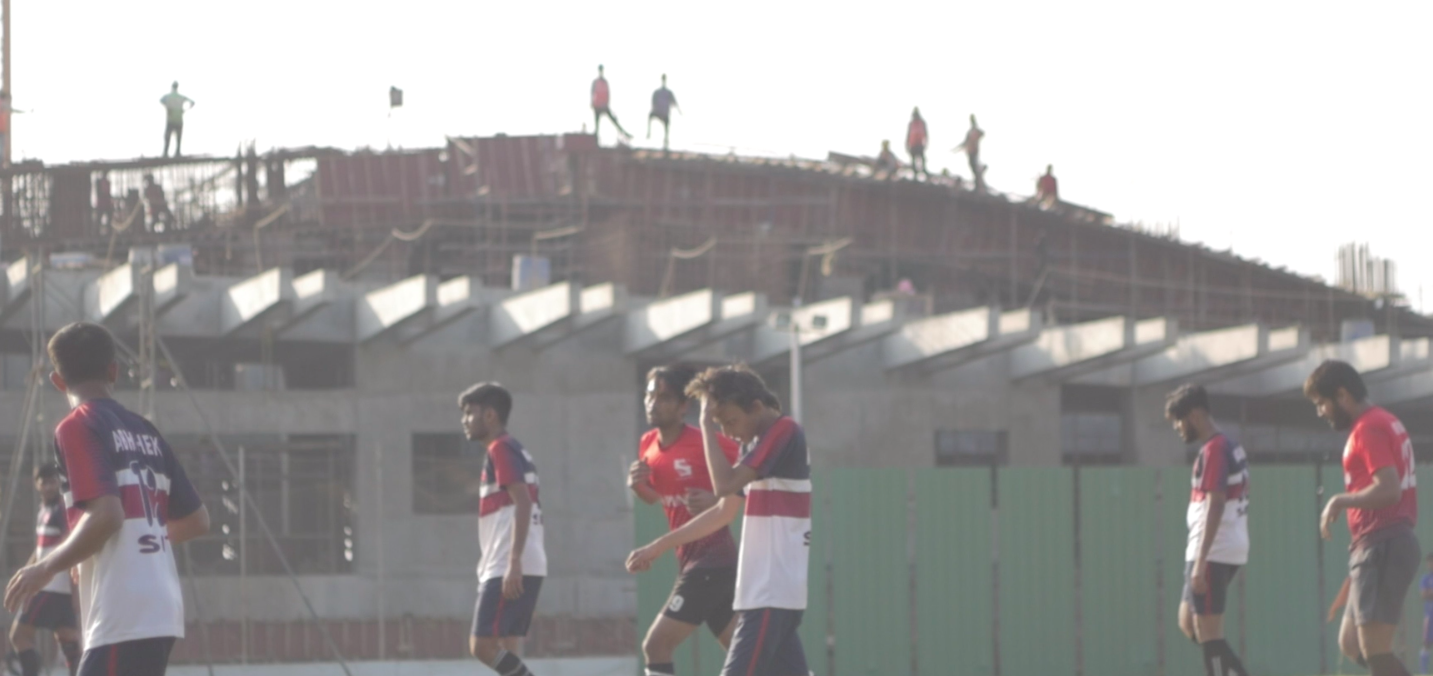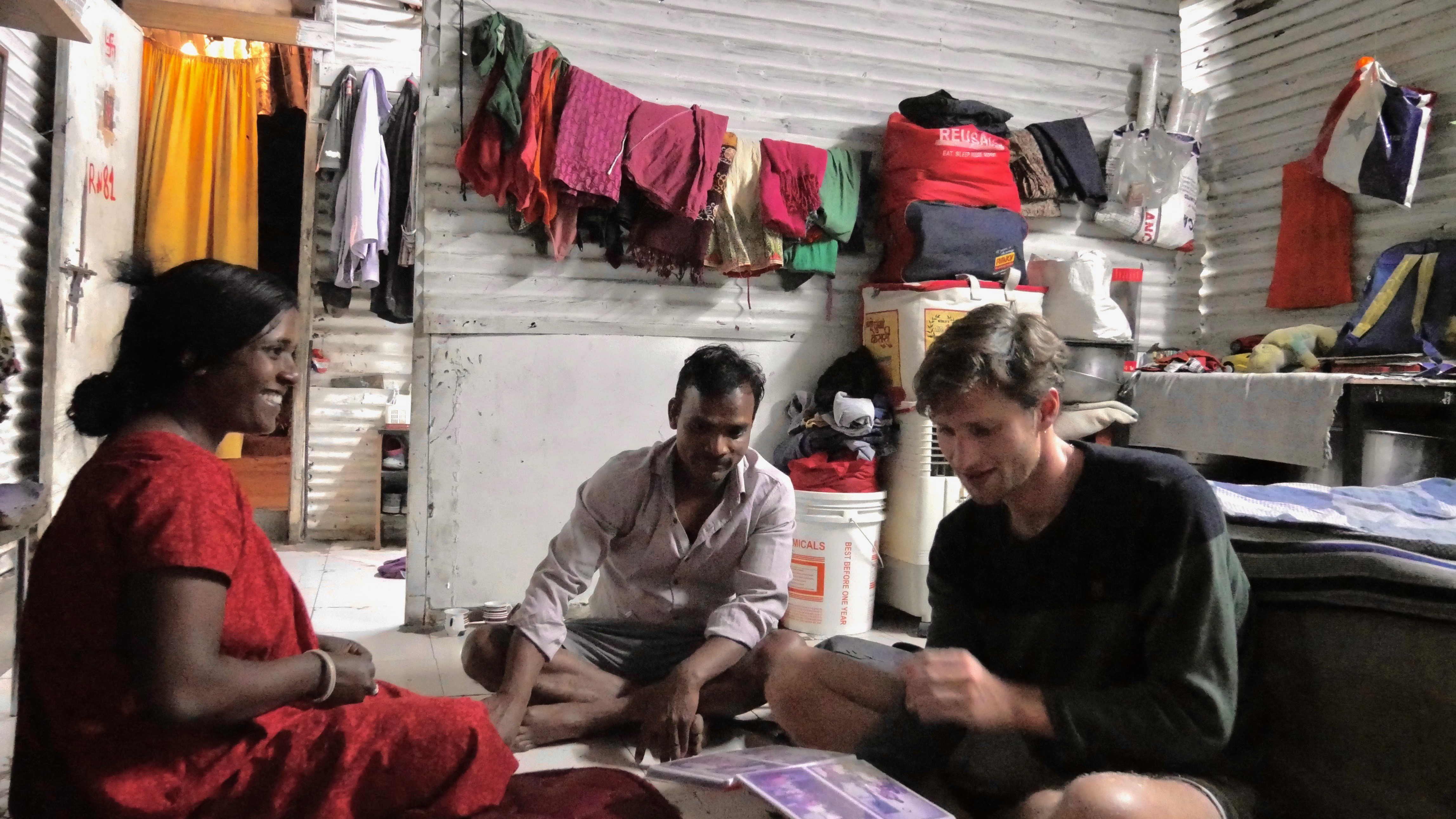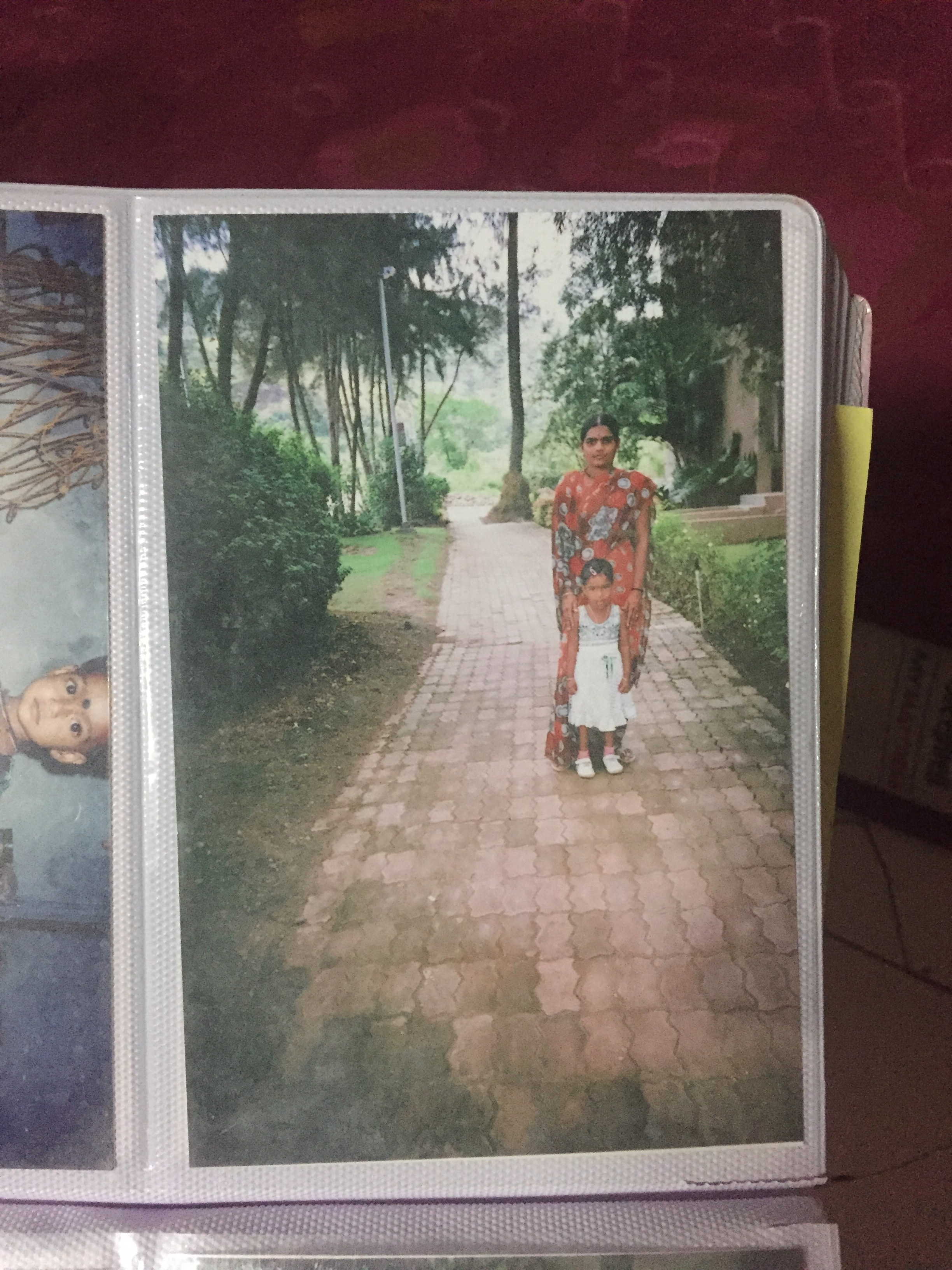मृगतृष्णा, Mirage: Reengaging socio-spatial peripheries through site-specific film
Lasse Mouritzen, Urbanist, Artist and Researcher at JAMBOY ART COLLECTIVE __________________________________________________________________________

__________________________________________________________________________
In this essay I will discuss how performative and art-based research can be elaborated through social engaging and site-specific filmmaking, and how it has a potential to reengage socio-spatial peripheries through productions of multiplicity and reflexivity. I will draw on my last research trip and film-production in Pune, India (January, 2019) and discuss how performative and art-based research became a way to smoothen the local common sense of socio-spatial peripheries, binaries and categories. I believe social research and artistic practice can connect with a similar interest to explore the complexity of social, spatial and aesthetic formations in everyday life, and furthermore make new possible mediums or platforms for articulations in-between the positions of peripheries. My argument is that site-specific social-engaging art and research shouldn’t try to exchange understandings, facts or categories between socio-spatial peripheries like news media or documentaries would do. Rather, it should attempt to form sensible awareness and reflexion towards a socio-spatial complexity, not by exposing or translating knowledge from a periphery but by blurring or disguising it, as a mirage encouraging interest and questions instead of answers. In this regard, I would argue in elaboration of Gayatri Spivak’s essential essay ‘Can the subaltern speak’ (Spivak, 1988) that speaking on behalf of a subalternity or the socio-spatially excluded has an inherent danger of remarking the peripheries and taking away someones voice. My argument is therefore, instead of forming socio-spatial facts or facilitating voices from one margin to another, site-specific social engaged art and research can work in-between and form questions, imaginations and curiosity to open or blurring the idea and construction of the peripheries instead of closing, confirming or re-marking them.
Keywords site-specific art, performative reserach, peripheries, radical softness

VISUAL AND PERFORMATIVE RESEARCH AND SOCIO-SPATIAL PERIPHERIES
‘Watching her through the lense. I look at her becoming me, becoming mine. Entering into the only reality of sign. Where I myself am a sign’ (…) ‘I do not intend to speak about; just speak nearby’ - Trinh T. Minh Hà, Reassemblages, 1982
There is a symbolic power to the claim of documenting or representing a reality or agency of something or someone. When we are entering a field of research in visual research and ethnography we are compromising the multiplicity of this field through the material we bring back and the way frame it. We are not intermediators but rather co-producers of the meaning or material extracted. In this essay I want to reflect on the distance or presence we, as researchers in humanities of academia and arts, operate in and form in relation to our field of investigation. I want to argue that performative ethnography can open op a position in-between the classic distinction between researcher and the field. From here the researcher can inscribe him/herself to the story and reflect on the paradoxes of representations, and de-construct the socio-spatial peripheries and roles, as well as the notions of cultural or social categories or realities. As in the introducing quote from Trinh T. Min Hà’s filmwork Re-assemblages from Senegal, where Trinh inscribe herself into the film as a way to reflect as well as overcome, the objectivity and exoticization of otherness.
THE “WORKING & ACADEMIC CLASS”
Lavale is a village located 35 km west from Pune city in Marharasthra, India. It is known for it’s cultivation of various crops, like onion, rice, jamar, guavas among others but have in recent decades gained importance because of a proliferation of industries and educational institutions such as the Symbiosis International University, Flame University and Bharati Vidyapeethand University. I was at a residence at Flame University in January-February 2019. The campus was established in 2015 and is now hosting around 700 students, a teacher staff of 100 and a service staff of 300. The campus is still being expanded with new additional accommodation buildings and faculties. On the west-wing of campus, there is a labour camp with around 700 construction workers living in small 8-10 m2 tin shacks with roughly 3-5 people. A community rather excluded from campus and yet very connected. I was talking with some undergraduate students about the campus and a student told me that the “campus was amazing the first years and very peaceful. But now it was really annoying with the noise from the new cronstructions sites around campus”. Another student explained that there has been some complaints from some of the female apartments at campus, as they have experienced gazes from the construction workers working outside. She said there was an expressed concern from the female students of a so called “working class gaze”. Surprised by the class distinction made in daily speech I wanted to get closer to the idea of the gaze of the “other”, the outsider or the periphery of the campus. A gaze seemingly sounds passive and rather innocent at first, but in this case, it was also understood as a threat of taking away a woman’s right to her privacy. A very outspoken and valid fear in Indian society in regard to many episodes of female harassment and rape. But also a fear inherent with the juxtaposition of the working class and possible sexual assaults and sexist behaviour. In this article I am not trying to enter the debate on this subject, rather I will be trying to discuss how peripheries enters our everyday life and daily thoughts, and how we construct and re-construct territories of difference. As James Clifford argues ‘difference is encountered in the adjoining neighbourhoods, the familiar turns up at the ends of the earth (Clifford 1988, p. 14). My argument is, that site-specific social art projects can elaborate on the peripheries we create, and bring new knowledge in-between, by inserting and proposing abstract, undefined and unfocused pictures of the socio-spatial peripheries. In following conversations and observations at campus I discovered how the campus was often understood through a dialectic perception, upholding the vision of a peaceful and beautiful educational institution while denying the process and the social class facilitating the vision. This experience became my motivation of investigating the periphery between campus and the construction sites and search into the spectres of the “gaze” and the everyday life of working and academic class existing side by side. The idea was to work with the materiality and constructions of campus as a socio-spatial meeting point of two interacting practices of constructing and inhabiting buildings.
APPROACHING SOCIO-SPATIAL PERIPHERIES
Approaching peripheries is tricky because it often tends to imply a symbolic power of appointing a center of attention and a starting point of thought and action. But secondly, it is useful as a concept to open up new interests and actions in-between. In my research I met a very outspoken social and spatial periphery between the students and the construction workers at campus. But instead of looking at this periphery as a border between two realities I want to understand peripheries as more fluent and rizomatic mode in where socio-spatial affects are produced and processed in negotiations, segregations and connections. Following Anaya Roys reading on urbanist AbdouMaliq Simone (2010), the periphery is described as a ‘space in-between . . . never really brought fully under the auspices of the logic and development trajectories that characterize a center’. The periphery in Simones perspective is not only made through interventions of social interest, capital flows, policy making and control, but also defined by generative spaces of innovation and adaption which destabilises the center and become a platform for anticipatory urban politics (Roy 2011, p. 231). The periphery therefore also holds a performative and aesthetic aspect, as a platform or a stage from where social, urban and political issues and potentials are performed (see picture 2). The periphery is therefore not only a socio-spatial construction and segregation, it is also an affect, a desire and aspiration of participation and interaction.

Picture 3: Construction workers has paused their work and way back to the labour camp to get a glimpse of the Kurukshetra Festival at Flame Campus. 1 February 2019.
TRAVERSING PERIPHERIES WITH ‘RADICAL SOFTNESS’



Public displays of affection (PDA) is considered as a criminal offence and is be punished with a fine or jail time. A student told me how young couples would rent a ricksaw a kiss on the backseat. They wouldn’t even consider the ricksaw driver or how it would offend him, almost like he didn’t have an identity beyond his vehicel. Gayatri Chakravorty Spivak (2005) describes how “the subaltern is a position without identity. It is somewhat like the strict understanding of class. Class is not a cultural origin, it is a sense of economic collectivity, of social relations of formation as the basis of action”.
Extract from film

Picture 4: Film screening at Flame Campus, 8 February, 2019
(SUGGESTED) LITTERATURE
Andersen Peter K. Mouritzen, Lasse and Samson, Kristine. Becoming Citizen, Spatial and Expressive Acts, When Strangers move in, Social Inclusion. 6. No. 3. 2018.
Clifford, J. (1988). The predicament of culture: Twentieth-century ethnography, literature, and art.
Gayatri Chakravorty Spivak (2005) Scattered speculations on the subaltern and the popular, Postcolonial Studies
Isin, Engin. (2018) Mobile Peoples: Transversal configurations. Social Inclusion , 6 (1), 115–123.
Pløger, John. (2015): The Evental City: Moment, Situation, Presence. SAGE: Space and Culture 1-15
Roy. A (2011) B. “Slumdog Cities: Rethinking Subaltern Urbanism” International Journal of Urban and Regional Research, 35:2, 223-238.
Roy, A. (2011) C. “The Agonism of Utopia: Dialectics at a Standstill” Traditional Dwellings and Settlements Review 13:1.